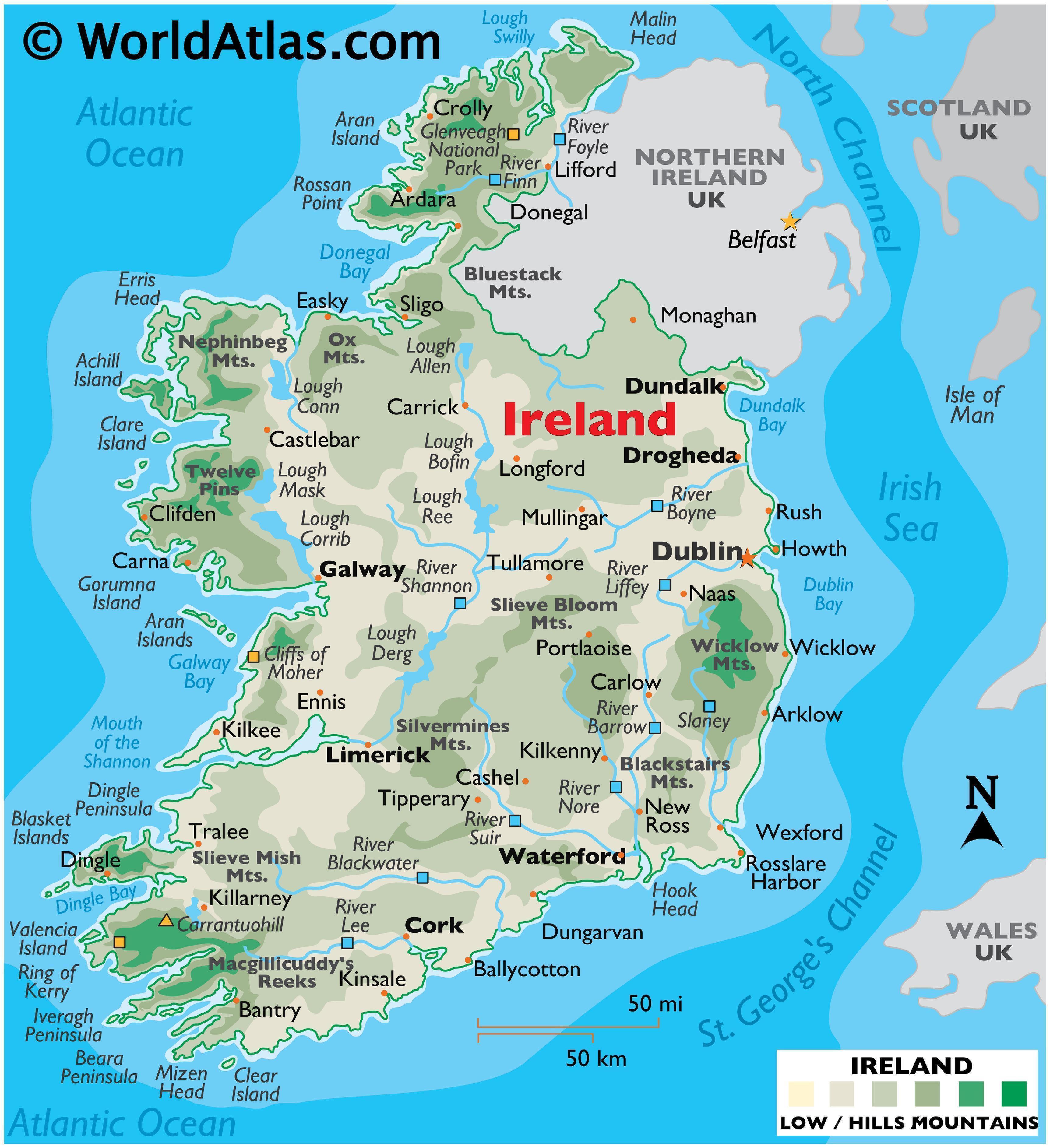Municipal waste statistics for Ireland
EPA waste data release 25 Nov. 2021. Latest reference year 2019
Table of Contents
What is municipal waste?
In our everyday lives we produce a general mix of waste in our homes, offices, schools and similar premises. This type of waste is called municipal waste. It is usually collected at kerbside or we can bring it to collection centres. The amount of municipal waste generated in our country is an important measure of how wasteful our everyday lives are.
Municipal Waste includes these following waste types:
- Residual (i.e. black bin) waste e.g. waste that cannot be recycled
- Recyclable (i.e. green bin) waste e.g. glass, plastic, paper & board, metals
- Organic (i.e. brown bin) waste e.g. food and garden waste
- Bulky waste e.g. waste that cannot fit in a wheelie bin such as broken furniture, carpets, toys etc.
- Waste Electrical and Electronic Equipment (WEEE)
Key findings for 2019
- Ireland generated 3.1 million tonnes of municipal waste in 2019, up 6 per cent from 2.9 million tonnes in 2018 (Table 1). Of this, 52 per cent came from households and 48 per cent came from commercial sources (Table 2). The largest increase was seen in the generation of bulky waste, which increased by almost 134,000 tonnes (Table 3).
- Some 1.2 million tonnes of Ireland’s municipal waste was recycled in 2019, resulting in a recycling rate of 37 per cent, down from 38 per cent in 2018. This decrease resulted from a method change advised by the European Commission1. However, there has been a downward trend in Ireland’s recycling performance to the 38 per cent recorded for 2018 from 40 per cent in 2017 and 41 per cent in 2016. This trend indicates that Ireland faces significant challenges to meet the new EU recycling targets set for 2025 to 2035 (Figure 2).
- Of the municipal waste recycled in 2019, 857,793 tonnes went for material recycling (up 1 percent on 2018) and 294,761 tonnes was composted/anaerobically digested (up 20 percent on 2018).
- A total of 1.4 million tonnes or 46 per cent of Ireland’s municipal waste went for incineration with energy recovery in 2019. The upward trend in the share of municipal waste incinerated since 2011 is evident in Figure 3, reflecting a shift away from disposal of residual waste to landfill and an increased incineration capacity nationally.
- Before 2019, biostabilised fines used for landfill cover were calssified as a waste recovery process (backfill). From 2019 on, this practice is classified as disposal.
- Ireland’s reliance on exporting municipal waste abroad for final treatment increased in 2019. Some 40 percent of all municipal waste (1.2 million tonnes) was exported for final treatment in 2019, up from 35 per cent in 2018. Of the waste exported, most went for recycling (56 percent) or energy recovery (36 per cent) while 7 percent went for composting.
Where the source is to get the conclusion?
Recovery includes recycling (R2-R11), energy recovery (R1), and other recovery(backfilling). Recycling includes composting, aerobic, and anaerobic digestion. Disposal also includes land and sea incineration.




